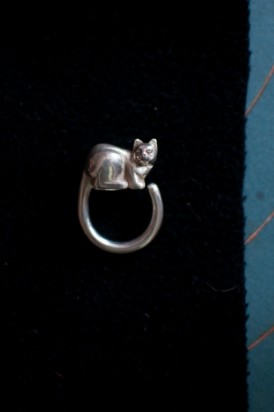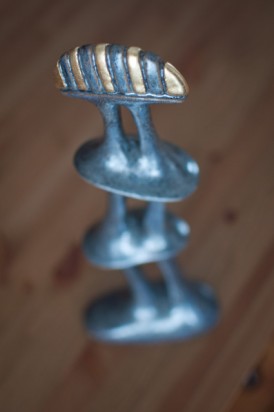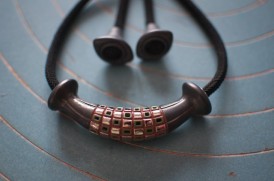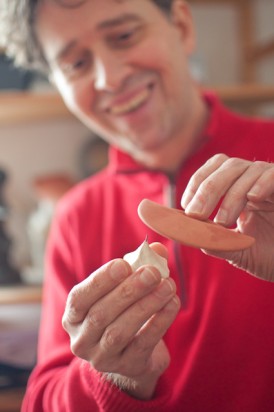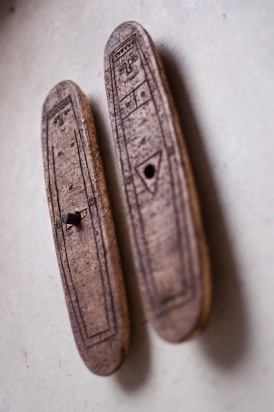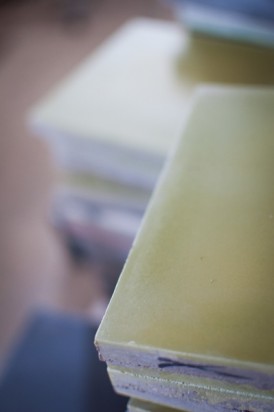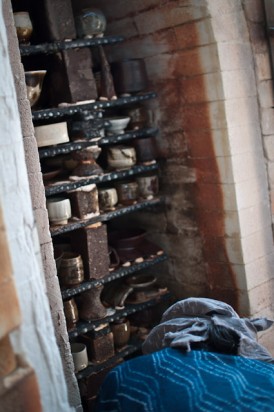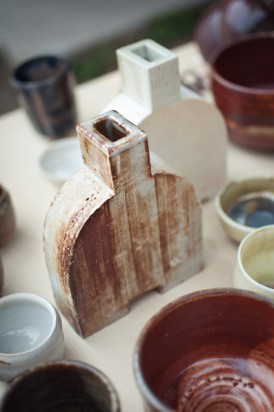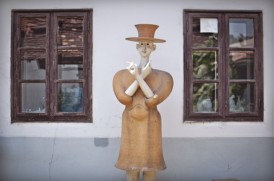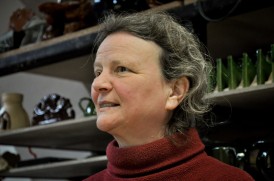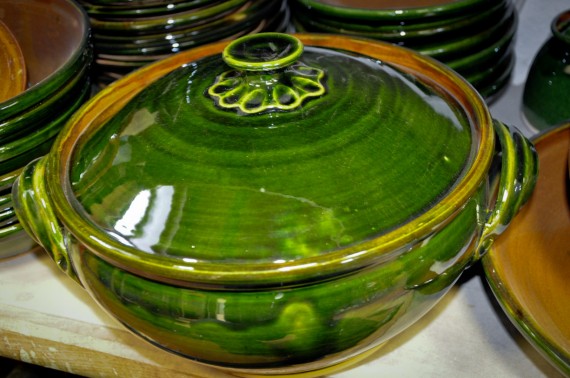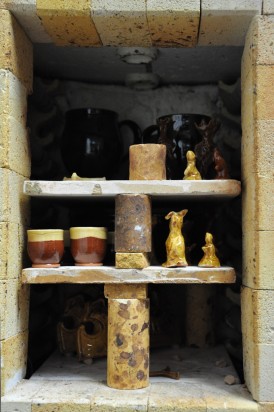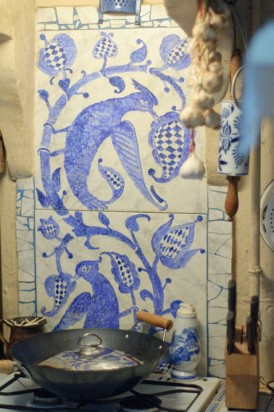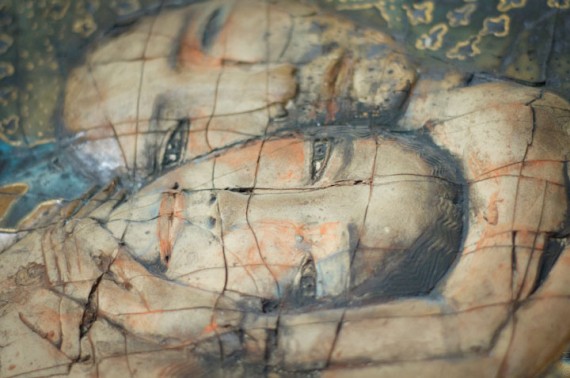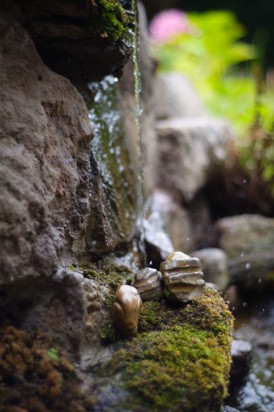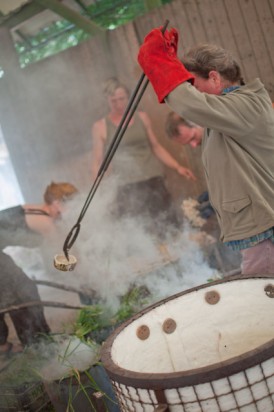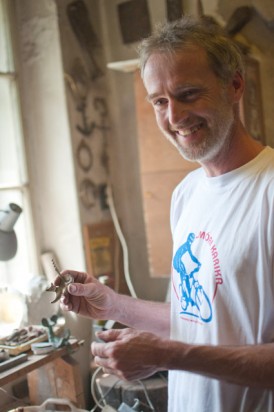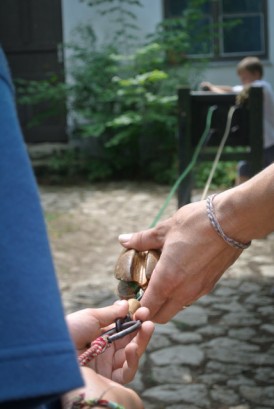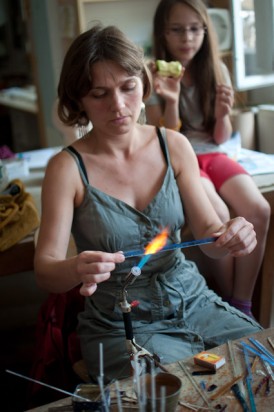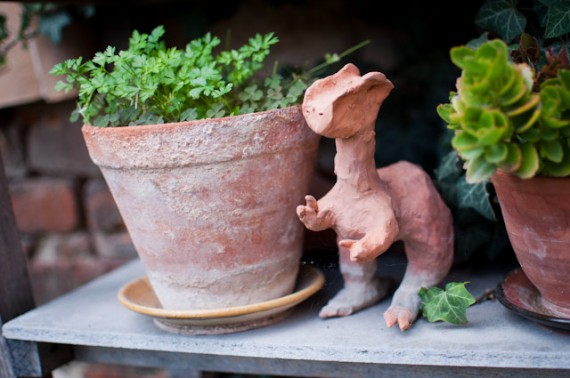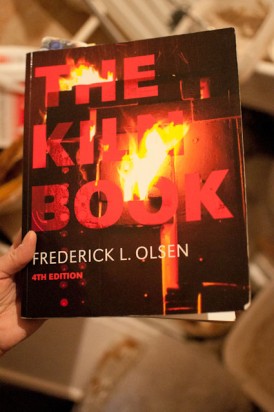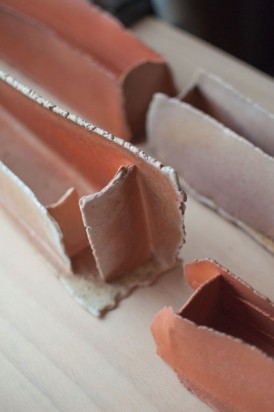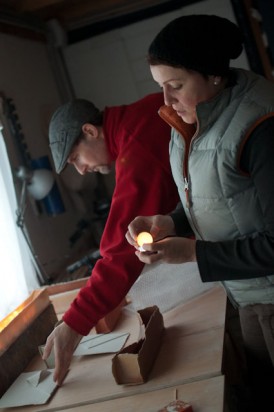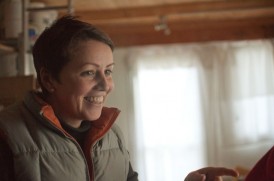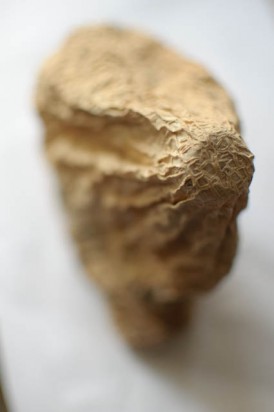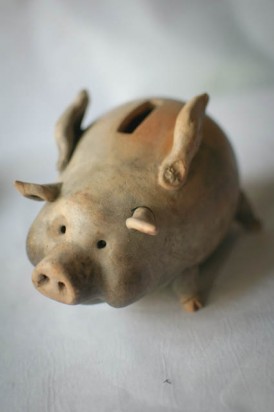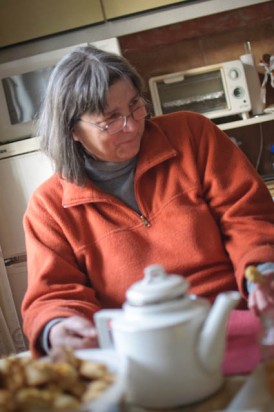 „Herend, the porcelain manufacture itself a magic of 185 years. Full of non-documentable and manual knowledge, inherited by the generations. Famous porcelain factories abroad are closed down in succession, it is difficult to survive. One of the best known and most practicised classical technique of Herend Porcalain Manufacture is plate-tracery. This was the base of form and decor design of my tea and coffee sets. Design became prototype, then line production, having been produced even now.
„Herend, the porcelain manufacture itself a magic of 185 years. Full of non-documentable and manual knowledge, inherited by the generations. Famous porcelain factories abroad are closed down in succession, it is difficult to survive. One of the best known and most practicised classical technique of Herend Porcalain Manufacture is plate-tracery. This was the base of form and decor design of my tea and coffee sets. Design became prototype, then line production, having been produced even now.
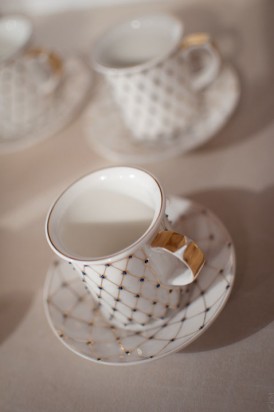

I was the art director of Herend for three years – she begins in calm, friendly voice – it was a good decision to develop the porcelain version of the famous Gömböc* The décor of the unglazed porcelain Gömböc was designed with the help of the inventors, Gábor Domokos and Péter Várkonyi. Calculations, equations and formulas required to the unique form turn into pen-drawn calligraphies, telling us their own creation story. The Gömböc of Herend became a business gift, an object of meditation, a Hungarian intellectual innovation in all respect. “
*’Gömböc’ is a convex three-dimensional homogeneous body which, when resting on a flat surface, has just one stable and one unstable point of equilibrium.


„To work with porcelain means for me like to write a sonnet, full of definitives. My activity splits to object design and sculpture. The porcelain is a clean but sensitive material, it deforms, quickly cracks, requires high temperature in firing. Even if there is a speck of iron on it, its value decreasing.”


Along the wall, bright green leaves are peeping out from a box. At the end of last summer, a tree, 3.5 m high, having fireclay branches was applied to the wall of the school in Vép. Birds and leaves were made of porcelain. Combined application of various ceramic materials and techniques resulted in its title: “Contrasts”.

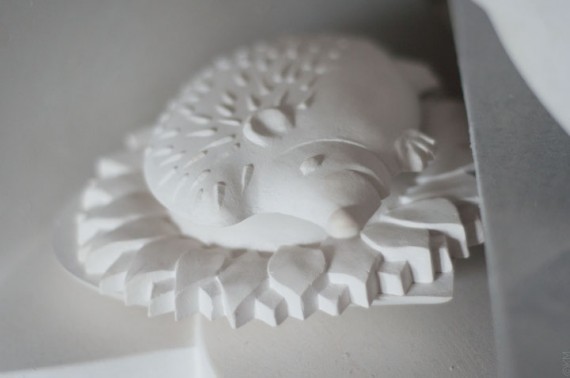
The furnace is insulated by kaowool, a material tested by space technology. At its side, some kindergarten signs. “The OviArt, a sign system for nurseries and kindergartens, is my recent development, consisting of more than 100 elements. Not only an aesthetic pleasure but practical to use as well.”


Large elements, large movements. Snakes with platinum-painted geometric patterns are dancing, made by plaster-mould casting procedure. These can be used as framing to fruits.” Arriving to the fruits. “The Wave Bowl is usually presented with a nice green apple on it. Some issues have a particular concern of me. Until successful walking around it, I will not carry on. The “Snake dance” series created in this way, and then the “Wave” collection built and extended over the years.


“Towers, towns, dwellers. The row of the collapsing buildings is an apocalyptic adventure. The smoky skyscrapers could be the memorials of the Ground Zero. Warnings how vulnerable we are.”


“I started to experiment with simple, featureless elements. I guessed whether the random stacking of the squares and changing their number could alter the denotation. I like these constructions, their meshwork and transparency hold me spellbound. You can feel the air embraced by the thin porcelain”



“Plates are glued together with the same material. Selecting the thickness and the construction itself can perfectly control, how it collapses, how it becomes separated, how the movement stops. Even the first piece was exactly what I imagined. Must be careful, for the porcelain becomes soft at 1400 centigrade, reaching the glass phase.”



Contemplating on these objects, we are thinking on who live in each cube. Sometimes there are friendly colours, velvety blues. As we guessing, she gives away: “The small buildings symbolise people. The citizens of the city are the singles and the couples. Recently at an exhibition, I built a whole city of 500 buildings”


My recent project is the recycling of porcelain waste. Producing a new material, lamps and objects were constructed, shown at the Museum of Applied Arts.
4/2/2012 Budaörs

Ferenczy Noémi Prize (2005.)
Read more:
www.babospalma.hu
www.oviart.hu











































